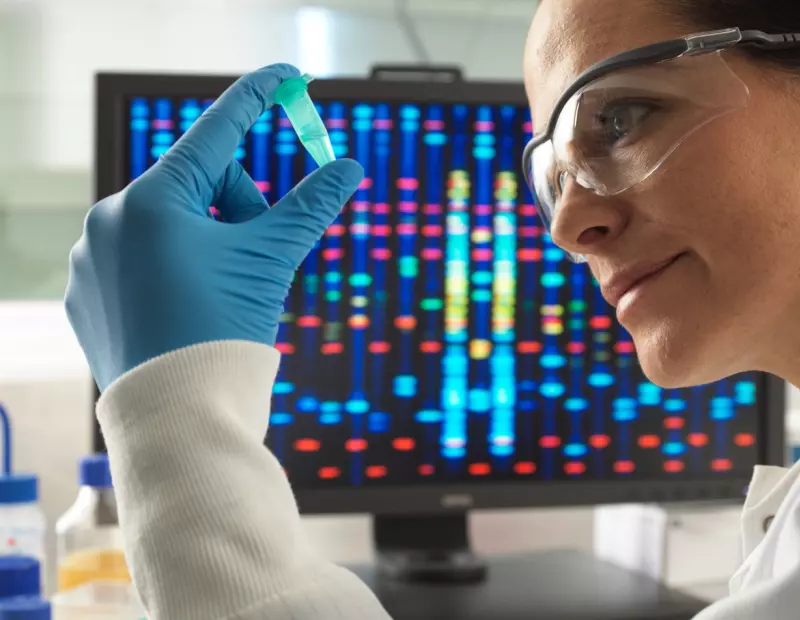Researchers
Since it was founded in 2007, the Myrovlytis Trust has funded research into BHD, established the BHD Foundation and hosted an annual symposium for researchers, clinicians and patients.
Visit the Myrovlytis Trust website to find out about funding opportunities and sign up for updates.

Apply for a Research Grant
We Fund Project Grants, PhD Studentships, Pilot Studies and more

Register for Updates
Stay informed about research opportunities and our yearly BHD symposium